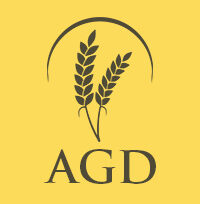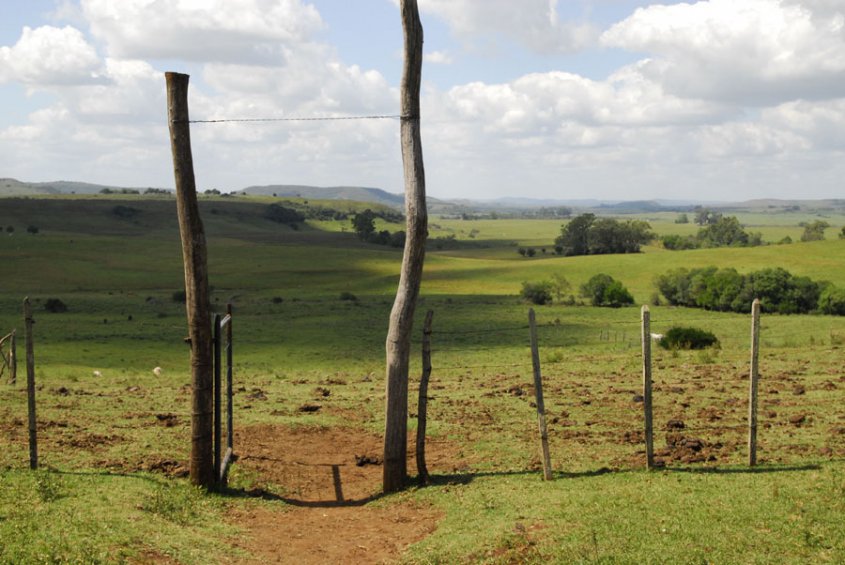An excerpt from a recent FarmsUY report highlighting a surge in Uruguayan farmland activity:
Uruguay farmland sales are rising as more investors take advantage of lower asking prices, writes El Observador’s Andrés Oyhenard. “Uruguayans Take Advantage of Lower Prices And Are Buying Again” is the headline of Oyhenard’s analysis which suggests average prices may have bottomed in the first quarter of this year when the average price paid for farmland nationwide fell 4% compared to same period in 2015. “The data from the Agricultural Statistics Agency (DIEA) show that the pace of farm sales activity rose significantly in the closing weeks of the first half of the year. While only 165 farms sold in Uruguay between January and March, that number surged 87% to 308 farms sold in the three-month period from April to June with the total area of farmland sold quadrupled between the first quarter and the second quarter,” writes Oyhenard. (El Observador)
Source: South America Crop Report for September 26, 2016
Now is the time to take advantage of these opportunities. Let us at AG DTours provide you with first-hand experience and knowledge about Uruguayan agriculture, before you invest.

